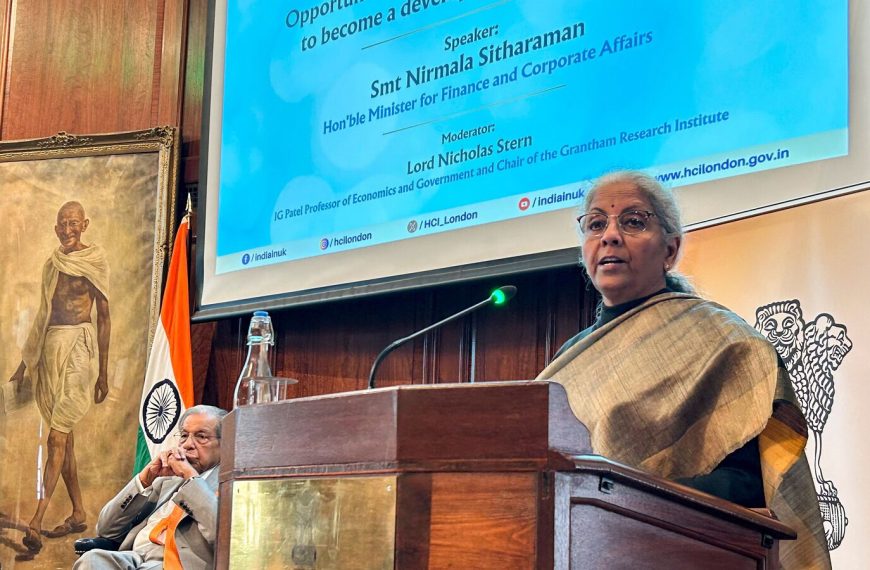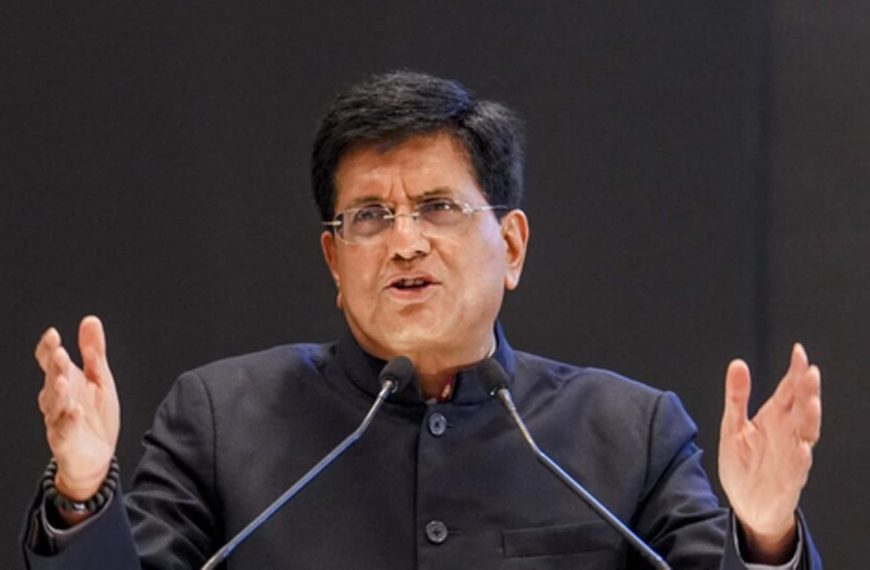Women in India are making remarkable strides in various sectors, including education, finance, entrepreneurship, and political engagement. A recent report from the Ministry of Statistics and Programme Implementation (MoSPI) highlights these advancements, showcasing significant improvements in gender parity and women’s participation across multiple domains. As of 2024, the landscape is shifting, with more opportunities for women than ever before.
Progress in Education
According to the 2024 MoSPI report, titled "Women and Men in India," the Gender Parity Index (GPI) for school enrollments has shown a positive trend. This index, which measures the relative access to education for girls compared to boys, has improved in both primary and higher secondary levels compared to previous years.
- Key Highlights:
- GPI is higher in FY24 than in FY23 and FY22.
- Enrollments at the upper primary and elementary levels are nearly equal for boys and girls.
Increased Labor Force Participation
The report also emphasizes a significant rise in women’s Labor Force Participation Rate (LFPR). From 49.8% in 2017-18, the LFPR for women aged 15 and older has jumped to 60.1% in 2023-24. This growth signals a positive shift in women’s involvement in the workforce.
- Notable Trends:
- The surge in women’s participation in the labor market is a crucial indicator of economic empowerment.
- The data shows a marked increase in women’s roles across various industries.
Financial Empowerment of Women
In the financial realm, women now hold 39.2% of all bank accounts and contribute 39.7% of total deposits, particularly in rural areas, where they represent 42.2% of account holders. The rise in female participation in the capital market is also noteworthy, with the number of DEMAT accounts skyrocketing from 33.26 million in March 2021 to 143.02 million by November 2024.
- Female Account Holders:
- Increased from 6.67 million in 2021 to 27.71 million in 2024.
Entrepreneurial Growth
The report reveals a significant uptick in female-led proprietary establishments in the manufacturing, trade, and services sectors. This growth reflects a greater level of economic independence for women over the past three years.
- Entrepreneurship Stats:
- The number of startups recognized by the DPIIT with at least one woman director soared from 1,943 in 2017 to 17,405 in 2024.
Political Engagement
Women’s political engagement is also on the rise, with the report noting a substantial increase in female voters. The total number of voters has grown from 173.2 million in 1952 to an impressive 978 million in 2024. Notably, the female voter turnout in the 2024 general elections reached 65.8%, surpassing that of male voters, despite a slight decrease from 67.2% in 2019.
- Voter Participation Insights:
- The increasing percentage of female voters highlights the growing influence of women in the democratic process.
Conclusion
The MoSPI report underscores the continuous progress being made by women in India across various sectors. With improvements in education, increased labor force participation, financial independence, and political engagement, the future looks promising for women in the country. This momentum not only empowers women but also contributes significantly to the overall economic and social development of India.











